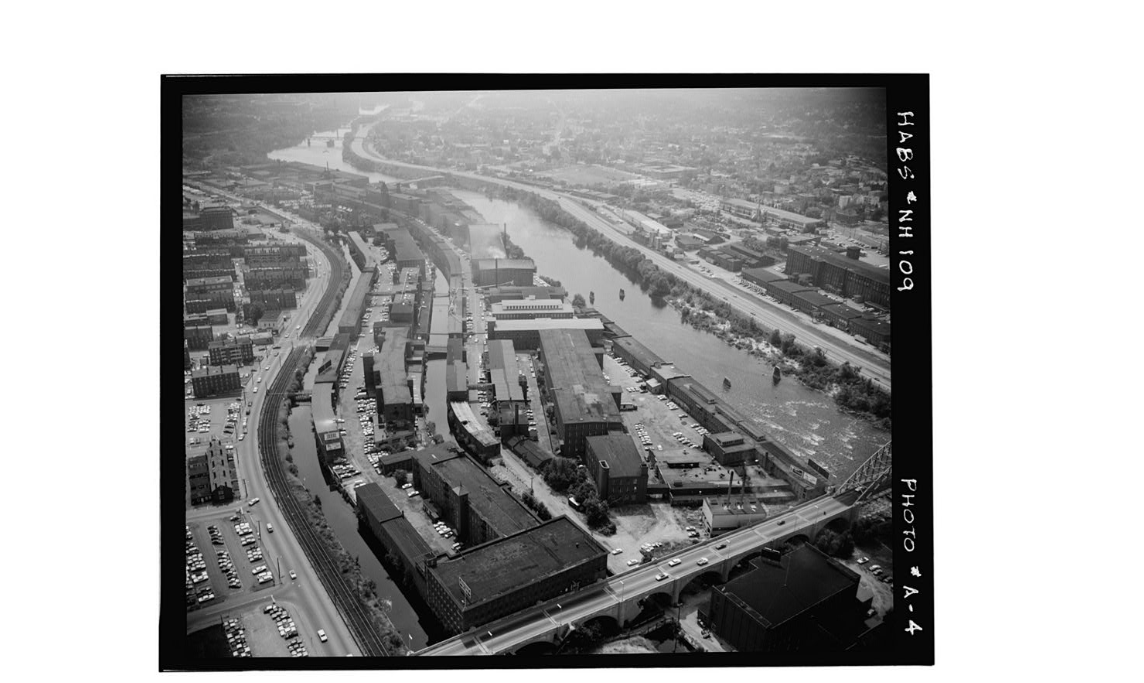The information contained in this article is not intended as legal advice and may no longer be accurate due to changes in the law. Consult NHMA's legal services or your municipal attorney.
Across New Hampshire, Regional Planning Commissions (RPCs) are working to address the growing need for affordable housing. The Southern New Hampshire Planning Commission (SNHPC), which serves 14 communities in the greater Manchester area, has been focused on helping towns and cities expand housing options. In 2023, the New Hampshire RPCs, including SNHPC, completed Regional Housing Needs Assessments (RHNA) that provided a detailed look at housing demand and availability across the region and outlined practical strategies communities can use to meet both current and future needs.
One of those strategies is finding ways to reuse land that has already been developed. These may be sites that are vacant, underused, or have real or perceived environmental concerns. These are also known as brownfields. Because of uncertainty around contamination, they’re often overlooked for redevelopment. But with the right support and planning, they can offer real opportunities to create new housing, especially in areas where land is limited but
infrastructure is already in place.
The SNHPC, like many RPCs in New Hampshire, operates a Brownfields Assessment Program through funding from the U.S. Environmental Protection Agency. The program helps communities take that first step by offering environmental assessments and technical guidance for cleanup and reuse of brownfield sites. The assessments which identify potential contaminates and then identify and characterize potential mitigation strategies are required for future grant funding for redevelopment of these sites. Whether the goal is to create new housing, support commercial redevelopment,
expand public green space, or pursue a mix of community uses, these assessments give property owners and municipalities the information they need to move forward with confidence.
Brownfields programs can also spark housing development more broadly, not just affordable housing but homes of all types. As communities across New Hampshire struggle with a lack of housing supply, these sites present a way to add new units without sprawling into undeveloped land. A great example of this is Cotton Mill Square in Nashua. With support from the Regional Economic Development Center (REDC) and EPA brownfields funding, a historic mill building was cleaned up and transformed into more than 100 new apartments, over half of which are designated as affordable. The project also enhanced the surrounding neighborhood, connecting it to the Nashua Riverwalk and helping to revitalize a key piece of downtown.

Within the SNHPC region, we are working in collaboration with the City of Manchester on an environmental assessment of Arms Park, a city-owned property along the Merrimack River. Once part of the historic Amoskeag Manufacturing Company campus, the site played a key role in Manchester’s industrial
past. Following the decline of the mills in the mid- 20th century and the demolition of buildings on the site, the parcel was converted into surface parking
and has remained in that use for decades. Despite its proximity to downtown and the riverfront, the site has seen little change, even as nearby areas have
undergone revitalization. The City’s 2021 Master Plan recognizes the significance of this underutilized property and identifies it as an opportunity to enhance public access, increase parking efficiency, expand open space, and support new development that could include housing. Through its Brownfields Program and in partnership with its Qualified Environmental Professional, Credere Associates, SNHPC is helping assess environmental conditions at the site to support future planning and reuse.

A Roadmap for Municipalities
The following roadmap outlines steps municipalities can take to identify and begin transforming brownfield sites into valuable community assets:
- Connect with your Regional Planning Commission weather they have an active brownfields program or not they can assist.
- Conduct a Site Inventory: Identify underutilized, vacant, or potentially contaminated sites in your community.
- Engage Community Stakeholders: Include residents, local organizations, and property owners early to shape a shared vision.
- Explore Funding: Pursue grants, incentives, and public-private partnerships. Become familiar with funding sources such as:
- Regional Planning Commission Brownfields Assessment Programs
- EPA Brownfields Assessment & Cleanup Grants
- NH Department of Environmental Services (NHDES) Brownfields Program
- HUD, CDBG, and low-income housing tax credit programs.
- Inventory and Assess: Identify brownfield sites and assess contamination levels.
Brownfield redevelopment presents an opportunity for municipalities: environmental cleanup and housing solutions. Through planning, community engagement, and leveraging available resources, municipalities can turn underutilized properties into vibrant and thriving neighborhoods.